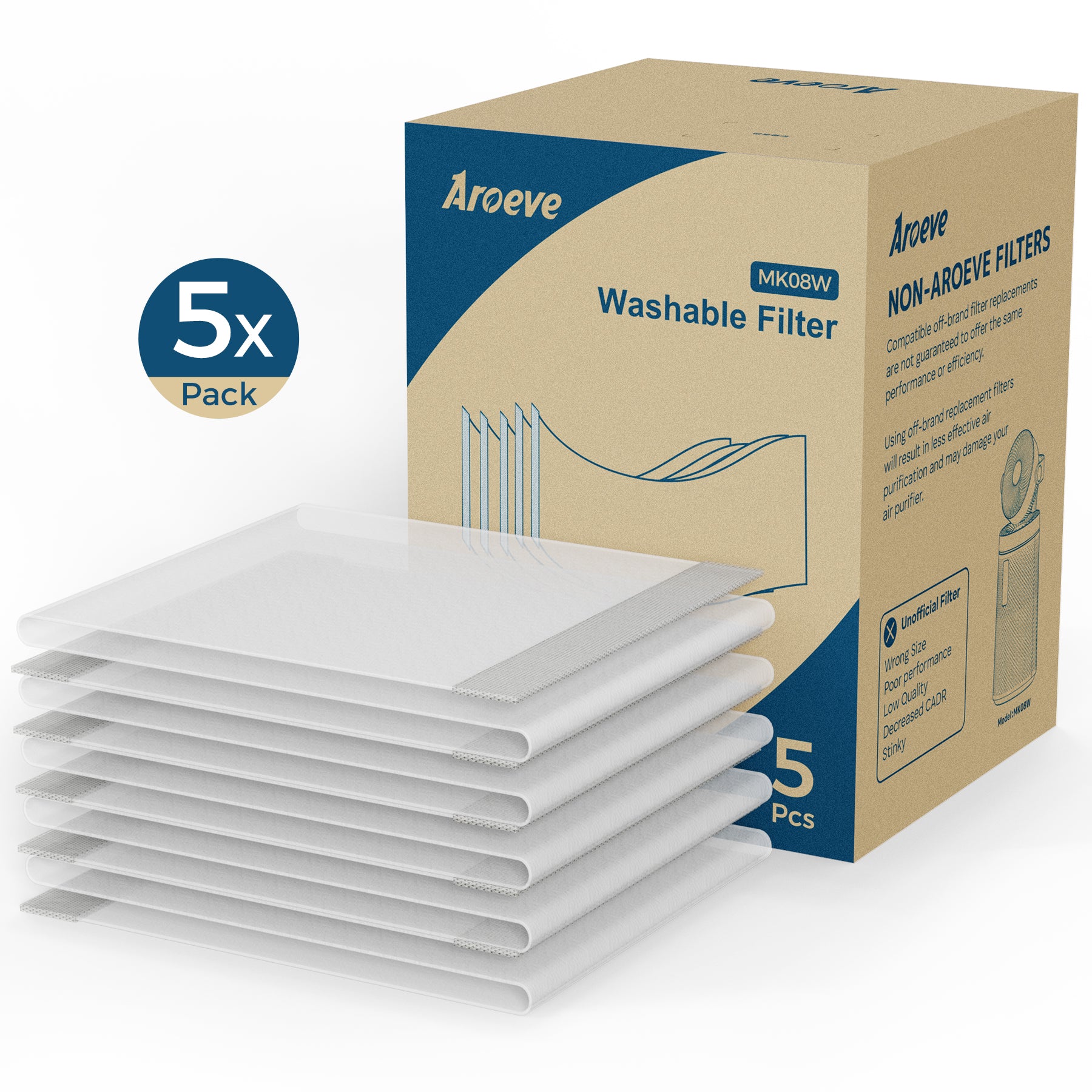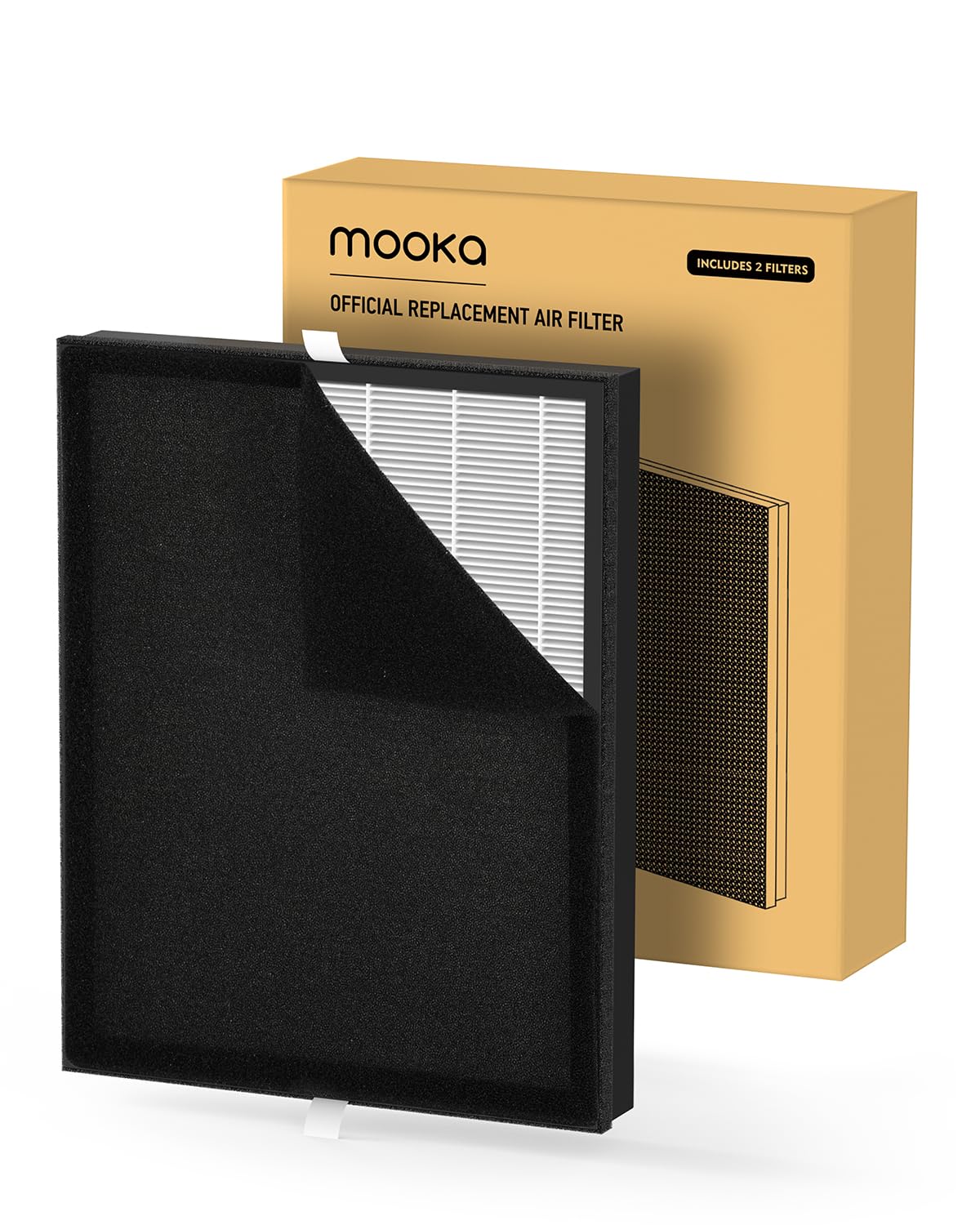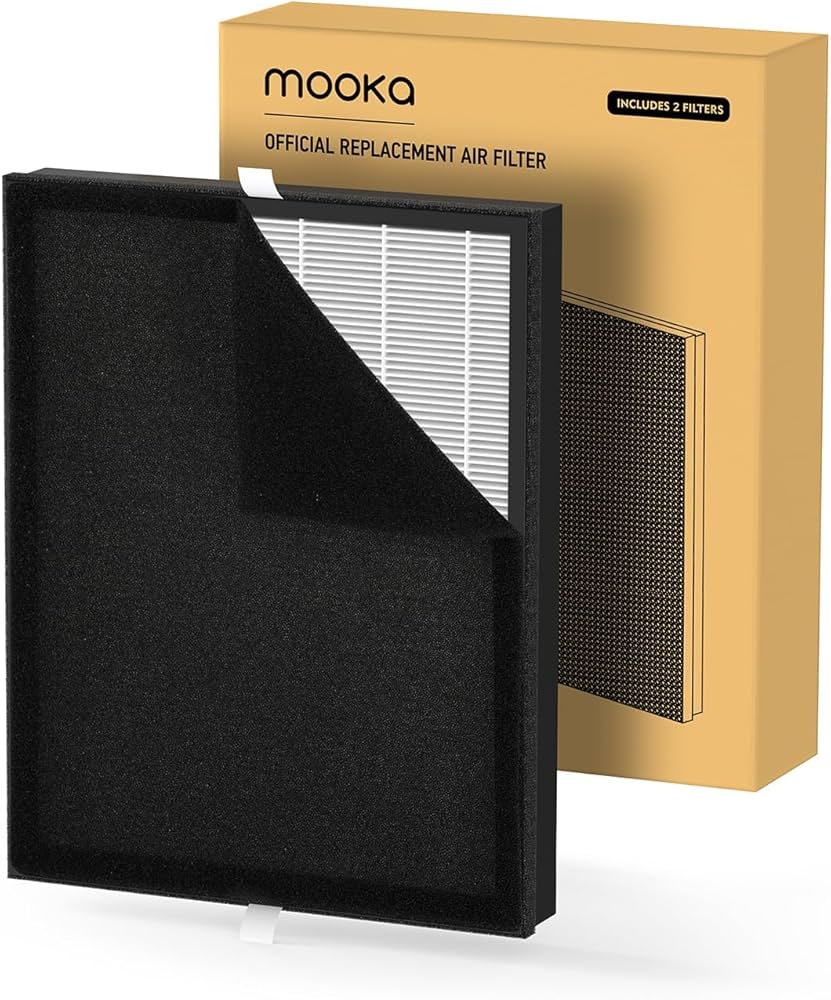Clean air is essential for a healthy home. Air purifiers help achieve this.
Choosing between air purifiers with washable filters and replaceable filters can be tricky. Both types offer unique benefits and drawbacks. Washable filters are reusable, saving you money over time. Replaceable filters, on the other hand, are often more efficient at capturing pollutants but require regular purchases.
Understanding the differences can help you make an informed choice. In this blog, we’ll explore the key features, advantages, and disadvantages of each type. This will guide you to select the best air purifier for your needs. Let’s dive in and find out which option suits your lifestyle and budget.

Credit: aroeve.com
Washable Filters
Washable filters are an essential part of many air purifiers. They offer a reusable option for keeping your indoor air clean. These filters can be cleaned and reused multiple times. This makes them a cost-effective and eco-friendly choice.
How They Work
Washable filters capture dust, pollen, and other particles from the air. They use a mesh or foam material to trap these contaminants. After some time, the filter gets clogged. You simply remove it, wash it under running water, and let it dry. Once dry, you can place it back in the air purifier. This process ensures that the filter remains effective for a long period.
Pros And Cons
Washable filters have several advantages. They reduce waste since you do not throw them away after use. This makes them more environmentally friendly. They also save money over time because you do not need to buy new filters. Cleaning them is usually easy and quick.
But, there are some downsides too. Washable filters may not capture as many fine particles as replaceable ones. They need regular maintenance to remain effective. If not cleaned properly, they can harbor mold or bacteria. This could affect the air quality negatively. They also may not last as long as replaceable filters.
Replaceable Filters
Air purifiers with replaceable filters are a common choice for many. They require you to change the filter after a certain period. This ensures that the air purifier continues to work effectively. Replaceable filters come with their own set of advantages and disadvantages.
How They Work
Replaceable filters work by trapping pollutants and allergens in the air. As the air passes through the filter, particles get stuck. This process helps in keeping the indoor air clean and fresh.
Most replaceable filters are made of materials like HEPA or activated carbon. These materials are efficient in capturing tiny particles. Over time, the filter becomes full and needs replacement.
Pros And Cons
Pros:
- High efficiency in removing particles
- Better for people with allergies
- Easy to replace and maintain
Cons:
- Ongoing cost for replacements
- Not environmentally friendly
- May need frequent changes
Replaceable filters are great for those looking for high air quality. They are effective but come with the cost of regular replacements.
Performance Comparison
When comparing air purifiers with washable filters to those with replaceable filters, understanding their performance is crucial. Both types have unique strengths that affect their efficiency and longevity.
Efficiency
Washable filters maintain steady efficiency over time. They trap large particles effectively. Users must clean them regularly to keep performance high.
Replaceable filters often offer better efficiency for smaller particles. They usually contain HEPA or activated carbon. These materials capture more allergens and pollutants.
Longevity
Washable filters last longer. Regular cleaning extends their lifespan, reducing costs. Users save money by avoiding frequent replacements.
Replaceable filters need changing every few months. This ensures optimal air quality. While they offer high efficiency, they also require ongoing investment.

Credit: www.honeywellstore.com
Cost Analysis
When choosing an air purifier, cost is a major factor. The ongoing expenses can add up. Let’s dive into the cost analysis of air purifiers with washable filters vs replaceable filters. We’ll look at two main costs: initial cost and maintenance cost.
Initial Cost
The initial cost of an air purifier varies. Washable filter models often have a higher upfront price. This is due to the technology required for washable filters. Here’s a comparison of typical initial costs:
| Type | Price Range |
|---|---|
| Air Purifier with Washable Filter | $150 – $400 |
| Air Purifier with Replaceable Filter | $100 – $300 |
Maintenance Cost
Maintenance costs differ significantly between these two types. Washable filters need regular cleaning. This can be done at no cost. Replaceable filters, on the other hand, need frequent replacement. This incurs ongoing costs. Let’s break down these costs:
- Washable Filters:
- No replacement cost
- Requires regular cleaning
- Replaceable Filters:
- Replacement cost: $20 – $100 per filter
- Needs replacement every 3-6 months
In the long run, washable filters can save money. This is due to the absence of replacement costs.
Environmental Impact
Air purifiers are essential for maintaining clean indoor air. They help reduce allergens, pollutants, and other harmful particles. Choosing between washable and replaceable filters can impact the environment. This section explores the environmental effects of both types of filters.
Sustainability
Washable filters are reusable. Users can clean and reuse them many times. This reduces the need for constant production. Replaceable filters need frequent changing. They require more materials and manufacturing. Washable filters promote a more sustainable lifestyle.
Waste Generation
Replaceable filters generate more waste. Users discard them after a few months of use. This adds to landfill waste. Washable filters create less waste. Users wash and reuse them. This reduces the number of filters ending up in landfills. Choosing washable filters can lessen your environmental footprint.

Credit: www.amazon.com
User Convenience
User Convenience is a major factor when choosing an air purifier. This especially holds true when deciding between models with washable filters and those with replaceable filters. Each type has its own set of advantages and disadvantages in terms of maintenance and availability. Let’s delve deeper into these aspects to help you make an informed choice.
Ease Of Maintenance
Maintaining an air purifier with a washable filter is generally straightforward. You can simply remove the filter, wash it under running water, and let it dry completely before reinstalling. This process is quick and cost-effective, as you do not need to purchase new filters.
Replaceable filters, on the other hand, require regular purchasing and replacement. This can be more convenient for those who prefer not to clean filters themselves. You simply discard the old filter and insert a new one. However, this ongoing need for replacement can add to the overall cost and effort.
| Feature | Washable Filters | Replaceable Filters |
|---|---|---|
| Maintenance Effort | Low | Medium |
| Cost Over Time | Low | High |
Availability
The availability of replacement filters is another crucial aspect to consider. For air purifiers with washable filters, availability is not an issue. You only need the filter that comes with the unit. This means you do not have to worry about finding and purchasing new filters.
In contrast, air purifiers with replaceable filters require you to buy new filters periodically. Replacement filters are usually available online and in stores. However, ensuring you can find the correct filter for your model is important. Some models may use proprietary filters, which could limit availability and increase costs.
- Washable filters are always available with the unit.
- Replaceable filters may require searching for specific types.
Choosing between washable and replaceable filters depends on personal preference. Consider maintenance effort and availability to make the best decision for your needs.
Frequently Asked Questions
What Are Washable Air Purifier Filters?
Washable air purifier filters can be cleaned and reused. They reduce waste and save money. They are eco-friendly and cost-effective.
How Do Replaceable Filters Work In Air Purifiers?
Replaceable filters capture pollutants and allergens. They need to be replaced regularly. They ensure consistent air quality and are easy to maintain.
Which Filter Type Is More Cost-effective?
Washable filters are more cost-effective long-term. They can be reused multiple times. Replaceable filters incur ongoing costs for replacements.
Are Washable Filters Less Effective?
Washable filters can be as effective as replaceable ones. Proper maintenance is crucial. They need regular cleaning to maintain efficiency.
Conclusion
Choosing between washable and replaceable filters depends on your needs. Washable filters save money over time. Replaceable filters offer convenience. Both types improve air quality. Consider your maintenance preference and budget. Clean air enhances health and comfort. Each option has its benefits.
Think about long-term use and cost. Make an informed decision for your home. Clean air matters.
Rakib Sarwar is a Registered Pharmacist and a reputed health and wellness blogger. He has a great interest in Air purifiers.
